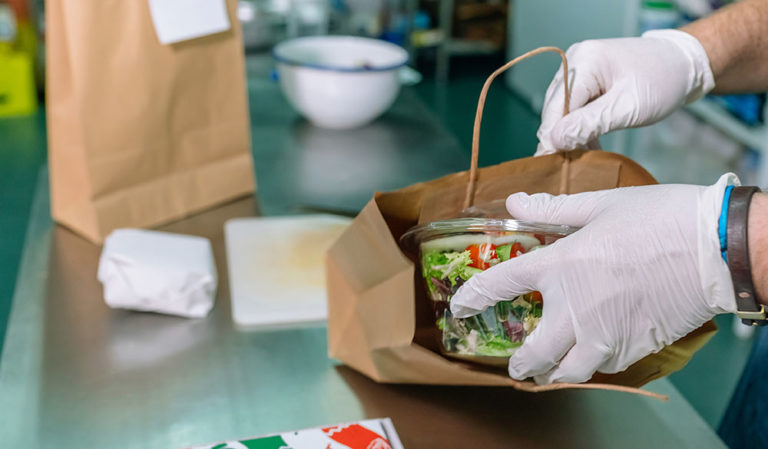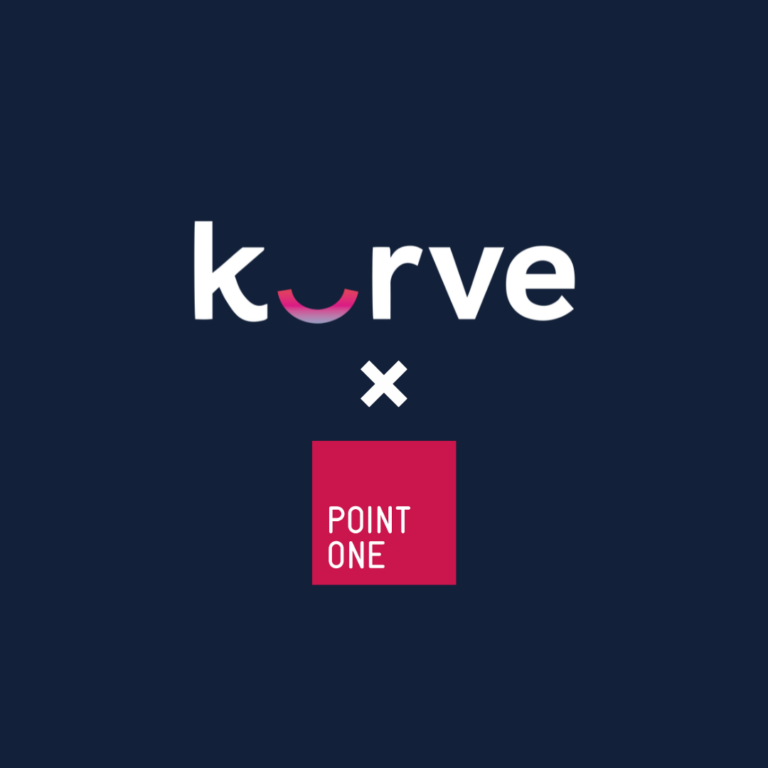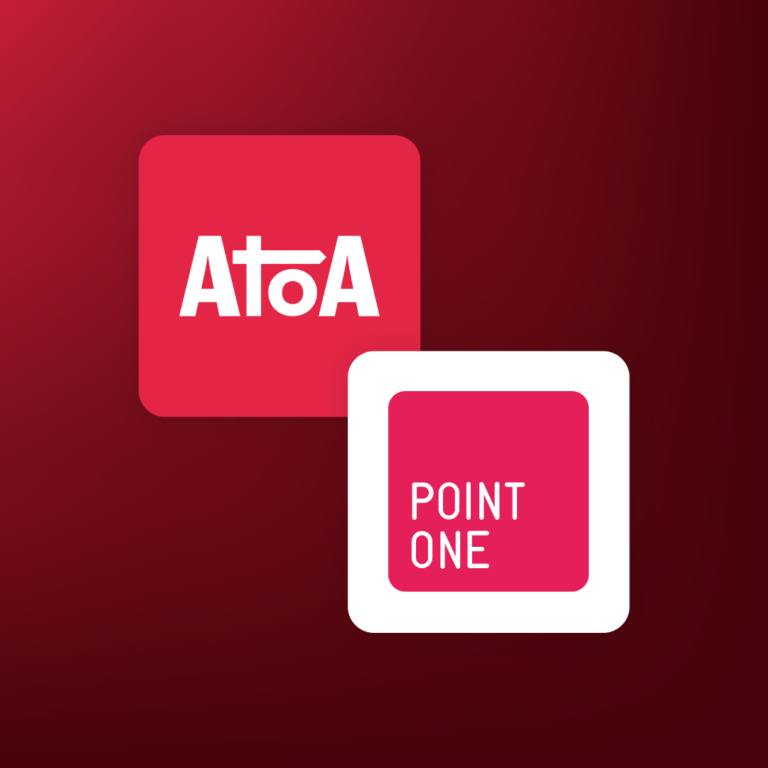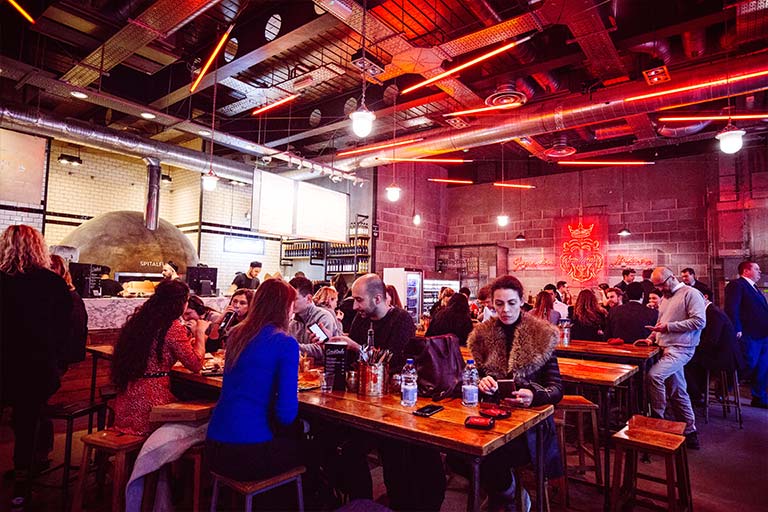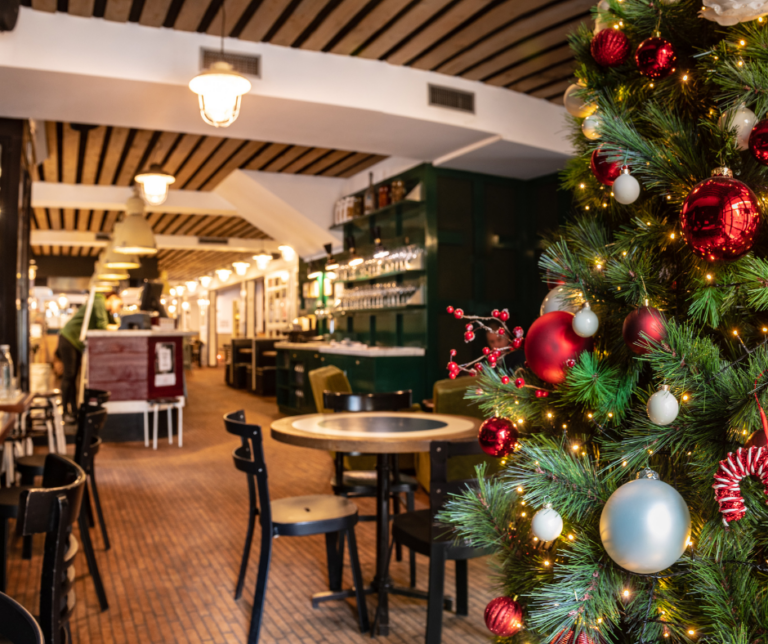So how can restaurant operators continue to capitalise on this ongoing appetite for takeaway and ensure that this lucrative revenue stream continues to grow and prosper? We take a look at five main areas that you should focus on:
1. Optimise your staffing
We know how difficult it is to attain staff in the current climate of shortages and so once you have secured your team you need to ensure that they are being used as efficiently and effectively as possible. Tools such as workforce management and kitchen management that are integrated with your EPoS system are key resources when it comes to staff optimisation:
Workforce management software
- Automated flexibility: Planning staffing levels based on previous trading patterns as well as responding to unforeseen spikes or drops in trading, and giving the most optimised staffing rota suggestions.
- Empowering staff: Providing an option for staff to view available shifts and fill the gaps as well as giving up or swapping shifts with their colleagues rather than waiting for managers to action or authorise. This flexibility and control allow your staff to manage a better work/life balance, avoid burnout and increase their teamwork and collaboration skills.
- Employee engagement: Staff wellbeing, particularly in the current climate, has never been more important for operators to address and safeguard. Increased customer demand coupled with staff shortages has put an immense amount of pressure on existing staff members and so providing a self-service portal within the workforce management software for staff to discuss any concerns or anxieties in a safe space is important to look after their wellbeing and long-term health. It’s also a space where operators can check how their staff are feeling both physically and emotionally.
Kitchen Management software
This can help with staff optimisation by giving you the complete “digitally connected kitchen”. A KMS integration can break down all the preparation required for efficient order processing, then display these on the relevant station’s kitchen display screen for swift fulfilment.
- By automating the management of takeaway orders and giving priority status and accurate timings means that your staff can devote their time 100% to getting the orders ready for collection on time.
- This intelligent management can also help you quickly reassign staff to different prep stations based on the type of takeaway orders coming in making sure no staff member is left overstretched.
- Lastly, KMS can streamline workflows between your FOH and BOH so staff know the exact status of all orders at a glance and can accurately manage customers expectations.
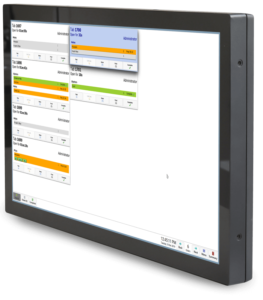
2. Adopt multichannel hospitality
Of course, takeaway is not the only delivery option open to operators. Cook at home meal kits, retail and merchandising all offer new revenue streams that operators can explore.
Meal Kits
Restaurants were quick to pivot to cook-at-home kits when in-dining revenue dried up during lockdown but for many, this was a temporary sticking plaster. The surprising research coming out of KAM Media and Barclaycard is that meal kits from restaurants are still popular with 9 in 10 consumers wanting the hospitality brands that they’ve had in their homes during lockdowns to continue offering these cook-at-home solutions. Indeed, 62% of consumers surveyed wanted their favourite restaurant brands to start selling cook-at-home meal boxes nationwide if they weren’t already as 27% now rely on them for at least half of their meals.
Thankfully, figures show that these at-home meal kits are not cannibalising sales but are actually a legitimate and lucrative brand extension in their own right. As Karl Chessell, director at CGA confirms,
“It’s particularly pleasing to see that at-home sales seem to be complementing rather than cannibalising eat-out spending, even as restaurants and pubs settle back towards normality.”
One brand that embraced meal kits and all the infrastructure they required for execution was the Galvin restaurant group as Chris Galvin, co-owner of Galvin, explains,
“We’ve become experts in logistics, deliveries and production. We need to be smart and ensure we keep the Galvin high standards.” But he also feels: “We have had the opportunity to connect directly with thousands of guests in a way we could have never before dreamt possible. The ability to bring a restaurant experience into people’s homes is something we want to continue.”
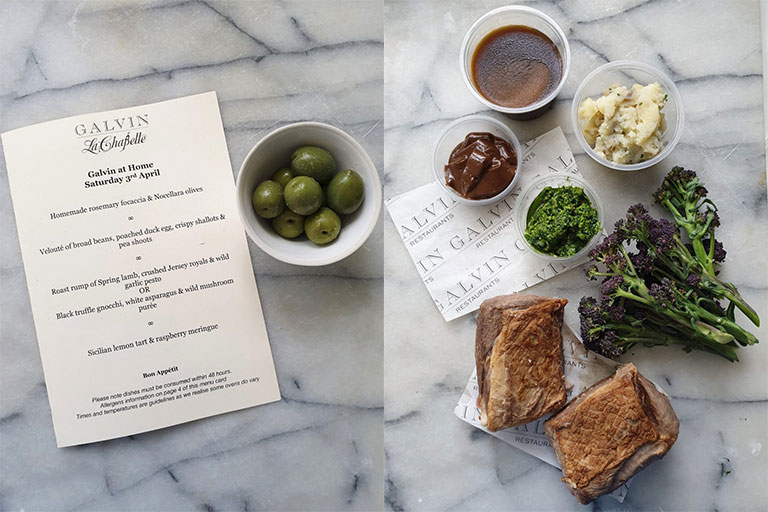
Retail and merchandising delivery
While some of the bigger brands took their brand extensions to the supermarkets offering frozen or pre-packed signature dishes and sauces, many looked to merchandising delivery.
Merchandising really took off during lockdown as operators looked for any which way to get vital revenue in. Post-lockdown, demand for this has not disappeared with sales of hospitality commerce gift cards showing huge growth compared to 2019 according to the gift card platform, Toggle. With 60% of gift cards sold in November and December, these figures for 2021 are sure to increase further. Popular retail items have been brand cookbooks, signature sauces, branded clothing, and specialist ingredients.
As with all revenue streams, there are pros and cons and its worth operators considering whether it’s right for the brand before diving quickly into this pandemic trend:
Pros
- Branded merchandise capitalises on the loyalty of your customers and keeps your brand front and centre in their lives to prompt repeat custom.
- If your merchandise is wearable like aprons, t-shirts etc then your customers become a walking billboard for your brand making them an excellent source of free advertisement and brand endorsement.
Cons
- Branded merchandise can potentially damage your brand if not executed well. If the choice of merchandise is wrong or it is badly implemented then it could actually cheapen your brand and the perception of it by your loyal customers.
The key to not falling foul of this is thorough research. Use your direct line to customers via your social channels to ask them first if they would like to see merchandising or retail products from you and if so, what these should be? After all, your customers’ buy-in is the determining factor on whether you take the plunge into this brand extension or not. - Getting this new revenue stream off the ground could be a timely and costly business and not one to be entered into lightly. Do you have the manpower and expertise to pull it off? Which third-party suppliers will you need to secure? What additional expenses will it incur like slotting fees from supermarkets to display your goods, point of sale costs etc?
Again, thorough costings are required to check that your incremental sales will outweigh these accumulative setup costs.
With all these potential pitfalls and costly consequences, if not executed well, it’s recommended that any venture into merchandising is done on a small scale first to test the waters. This could mean trialling a small area of one site to sell merch directly to the customer or offering online sales only to gauge customer appetite.
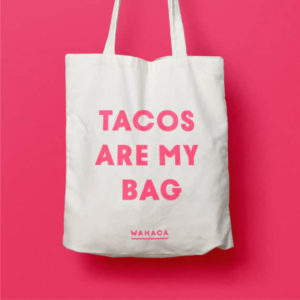
3. Embrace effective content marketing
In a competitive takeaway marketplace, effective content marketing whether via email or apps is even more important for increasing market share. Knowing your audience, their preferences and buying behaviours is key to an effective marketing strategy. Indeed, a survey by Celtra of 1000 QSR customers found that 45% were enticed by personalised offers/discounts and tended to increase how much money they spent on food orders and how often they visited QSRs based on this.
Equally, context is important and reading your audience when curating your content marketing content to really benefit from seasonal/lifestyle-based opportunities. For example, of the consumers surveyed during the school holidays and summer vacations, 27% cited “not wanting to cook” as the top reason for ordering delivery showing that personal circumstances and seasonal changes have a big impact on their motivation to order takeaway.
Social media marketing
SMM is a big part of this strategy as it’s the quickest direct line to your customer and one where you can benefit from real-time engagement. Where social really comes into its own, unlike any other marketing channel, is your brand storytelling. That ability through video, images and live streams to bring the brand alive, making your customers’ mouths water and crave a hit of their favourite dishes. Get this messaging right and you can cut through the noise from your competitors and make sure it’s your brand that they select for their next takeaway.
Thankfully social media content is something smaller brands can generate easily for little or no cost thanks to the wonders of smartphones. Content generated directly by your staff can be fantastic for authentic brand storytelling but with one caveat. Staff-generated content needs to fully align with your brand identity and so just ensure you have great training and brand awareness when any new staff join the team.
4. Use integrated software partners to improve your offering
The urgency in which brands pivoted to takeaway sales during the pandemic meant that for many it was a case of engaging with multiple delivery aggregators to get their takeaway and delivery sales off the ground quickly and reach the widest possible customer base.
The downside of this has been costly partnerships with many delivery aggregators and the added complication of staff having to juggle between order platforms to meet the demand of customers ordering from JustEat, UberEats, Delievroo etc.
Thankfully there are third-party platforms like HubRise or BistroHub that can simplify this process by managing orders from multiple aggregators through one channel and one tablet which is fully integrated with the EPoS and KMS.
Equally, if operators want to avoid costing commissions from third-party aggregators which force takeaway prices up by as much as 44% for customers according to a recent Which? survey, they can also handle their own delivery and take advantage of online ordering from their EPoS providers.
Ensure integration partners are aligned with your values and goals
Given how important and inexplicably linked your brand equity is to customer loyalty, you must consider the impact of your third-party partners when selecting who to work with.
Sustainability is very much back on the agenda in 2021 with the world focussed on their own green credentials in light of COP26. Some restaurant brands have already declared their carbon-neutral or net-zero status with many more pledging to achieve this goal down the line.
This is because forward-thinking brands know the importance of staying in tune with their customer’s needs and thus staying ahead of their competition. Sustainability is cited as a key decision-making factor for GenZers and late millennials and their takeaway orders alone made up 53% of all takeaway orders in June-Sep 2021.
One of the biggest players in the delivery aggregators, JustEat, who reached more than 200 million orders in the first nine months of 2021, recognises this too and have responded to the customer demand for planet-friendly packaging by partnering with an eco-friendly catering company, Green Man Packaging. They have committed to permanently using recyclable cardboard delivery boxes, reducing their waste and have added more walking and e-cargo bike couriers to their fleet.
Another delivery aggregator who recognises the increased appetite for sustainable practice is the fledging provider, Foodstuff who claims to be a ‘disruptor’ aimed at independents. Launched as an alternative to the big names like Deliveroo, Just Eat and UberEats, the business charges restaurants a smaller, flat fee, and is exclusive to independents, which co-owner, Toby Savill says makes it an attractive option for people trying to support their local businesses. Foodstuff curates the selection of “quality restaurants that share its values of sustainability and community” and makes all deliveries via bike or emission-free electric vehicles.
It’s not just delivery aggregators, those behind the trend for meal kits are recognising the part they can play in sustainability to meet the demands of their eco-conscious customers. My Supper Hero, a new finish-at-home meal kit venture, was born out of frustration about meal kits sustainability credentials. Co-founder Jamie Barber explains,
“We felt uncomfortable not knowing where the ingredients came from, and don’t get us started on the packaging – one box came with 20 items of plastic! We wanted to do [meal kits] in a way that positively impacts both our communities and the planet.”
5. Nurture your digital brand reputation
This follows on from the importance of having effective content marketing but is an area some operators fail to devote enough time to or neglect entirely. This is clearly a mistake as digital reputation management can really make or break a takeaway business.
The pandemic illustrated just how important digital technology and online channels were to keep hospitality brands afloat and connected to their customers.
A recent report, Out-of-Home Reputation Management, produced by Reputation and CGA found, perhaps unsurprisingly, that the most popular channels for discovery are Google and Facebook with younger consumers favouring Google (34%), and only 27% of those surveyed preferring a venue’s website.
Customer reviews play a significant role in the consumer’s decision-making process, as they seek social proof of an excellent experience when searching for a takeaway. Crucially, younger consumers’ reviews tend to be spread across various channels, including Google and Facebook, with 67% favouring venues that post impressive food and drink images on social media.
Clearly, digital channels are an integral part of the discovery and post-experience review. So, how can operators deliver a first-class customer experience digitally? Broadly speaking, delivering a better customer experience online is about deploying a strategy of specific tactics across a variety of touchpoints – including online reviews, social media, and Google My Business.
More specifically, according to Anthony Gaskell, MD of Reputation,
“Effective digital reputation management involves not only requesting and acting on customer feedback but also managing and responding to unsolicited feedback and gaining control over unstructured data.”
The key message here is to nurture your online presence and ensure you devote just as much time to answering reviews and promoting your brand reputation across social and GMB as you do to ongoing content marketing activities.
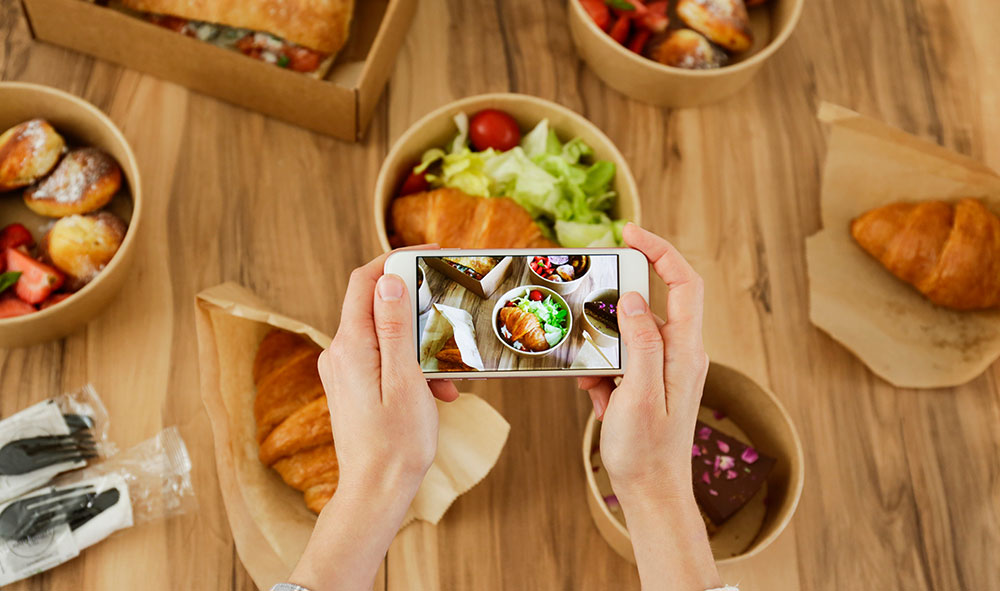
Summary
To summarise, these are just five ways in which you can improve and grow your takeaway and/or delivery business:
- Optimise your staffing
- Adopt multichannel hospitality
- Embrace effective content marketing
- Use integrated software partners to improve your offering
- Nurture your digital brand reputation
By taking a complete look at the business from your front and back-office operations, your marketing and communications, and your third-party suppliers, you can ensure that all facets of the business are working seamlessly together to drive your takeaway sales forward and achieve lasting growth.
